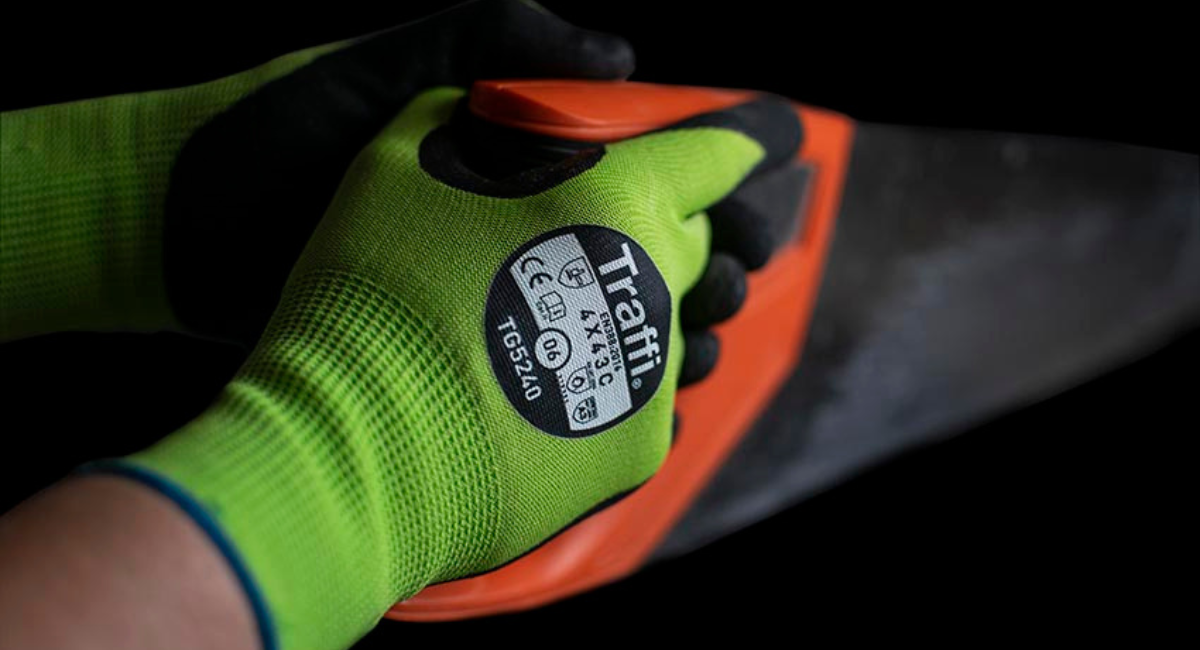
Demystifying EN 388:2016 Standards Cut Level Ratings
When it comes to hand safety, choosing the right cut-level gloves is vital. In the United Kingdom, gloves are rated according to the EN 388:2016 standard, which provides valuable information about their performance against mechanical risks, especially cuts.Understanding EN 388:2016 Standards
EN 388:2016 is a European standard used to assess the performance of gloves in protecting against mechanical risks. These risks include cuts, abrasions, tears, and punctures. We'll focus primarily on cut resistance, rated on a scale from A to F, with F representing the highest level of cut protection.Cut Level A (No Guaranteed Cut Protection)
Cut Level A gloves offer minimal to no protection against cuts. These are suitable for tasks where cut resistance is not the primary concern, such as light assembly or inspection work.Cut Level B (Low Cut Protection)
Cut Level B gloves provide basic cut resistance. They are designed for low-risk tasks with minor cutting hazards, like packaging and handling cardboard.Cut Level C (Moderate Cut Protection)
Cut Level C gloves offer moderate cut resistance. They are ideal for tasks with mild to moderate cutting risks, such as handling light materials.Cut Level D (High Cut Protection)
Cut Level D gloves provide high protection against cuts. These are recommended for tasks with substantial cutting risks, including construction, metalworking, or handling sharp materials.Cut Level E (Very High Cut Protection)
Cut Level E gloves offer very high cut resistance and are perfect for applications with elevated cutting risks, such as automotive or glass industries.Cut Level F (Maximum Cut Protection)
Cut Level F gloves provide the highest level of cut protection. These are essential for extremely hazardous tasks involving sharp machinery, metal fabrication, or working with glass.To select the right gloves, consider these steps:
- Risk Assessment: Understand the specific cutting hazards in your work environment and determine the level of cut protection required.
- Label Check: Examine the glove label for the Cut Level rating, ensuring it matches the cutting risks associated with your tasks.
- Material Matters: Choose gloves made from appropriate materials, such as Kevlar, Dyneema, or stainless steel, depending on your needs.
- Fit and Comfort: Ensure the gloves fit well and provide comfort for extended wear.
- Dexterity Requirements: Strike a balance between protection and dexterity, especially for tasks that demand precision.
- Field Testing: If possible, try on the gloves to confirm that they provide the necessary protection without hindering your ability to perform tasks.
Understanding the Cut Level ratings according to EN 388:2016 standards is essential for selecting gloves that offer the right level of cut protection. Hand safety is a priority in any industry, and choosing the correct gloves can significantly reduce the risk of injuries. By considering the Cut Level ratings, you can ensure that your hands remain protected without compromising productivity or comfort. Whether you're working in a low-risk environment or tackling high-risk tasks, the right gloves are your key to safety and peace of mind.

